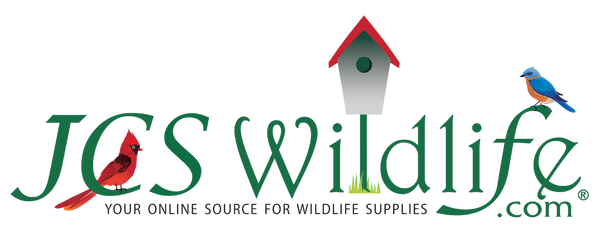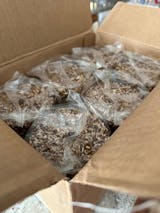
We have said it before and we will say it again: If you want to attract birds to your yard, you need to offer a water source. And this isn’t just a suggestion, according to Cornell University , it is one of the best things you can do for your fine feathered friends.
However, not all birdbaths are created equal. There are some do’s and don’ts as well as some guidelines that will help yours be the most attractive:
DO NOT add glycerin or antifreeze to a birdbath. This has become somewhat common among birders because it keeps water from freezing in the winter. However, antifreeze is poisonous and glycerin can matt the feathers.
DO use a heated birdbath or deicer during cold months. These are specifically designed to prevent the birdbath from entirely freezing over and keeping the water above freezing. It is not necessary to heat the water more than that.
DO include a water wiggler, dripper, or sprayer for your birdbath. Not only will the moving water be much more attractive to the birds, but it will also help slow algae growth and prevent mosquitoes from laying eggs. However…
DO NOT use a water wiggler, dripper, or sprayer as a substitute for cleaning your birdbath. Birds will still leave feathers and droppings in and around the bath, and water can get very unsanitary very quickly. Empty the birdbath every few days (immediately, if you see algae forming), clean, and refill with fresh water. Clean or replace anything you have in the bath as well.
The best baths mimic what birds use in nature: puddles and other shallow waters. While the stone or glass pedestal baths are pretty, low profile, easy to clean baths in shady areas will be more attractive to the birds. You will also want to find birdbaths that are less than 2 inches deep. Adding stones and twigs to your bath will give birds a place to perch and preen.
For further reading, check out this PDF from Cornell University’s Lab of Ornithology.



